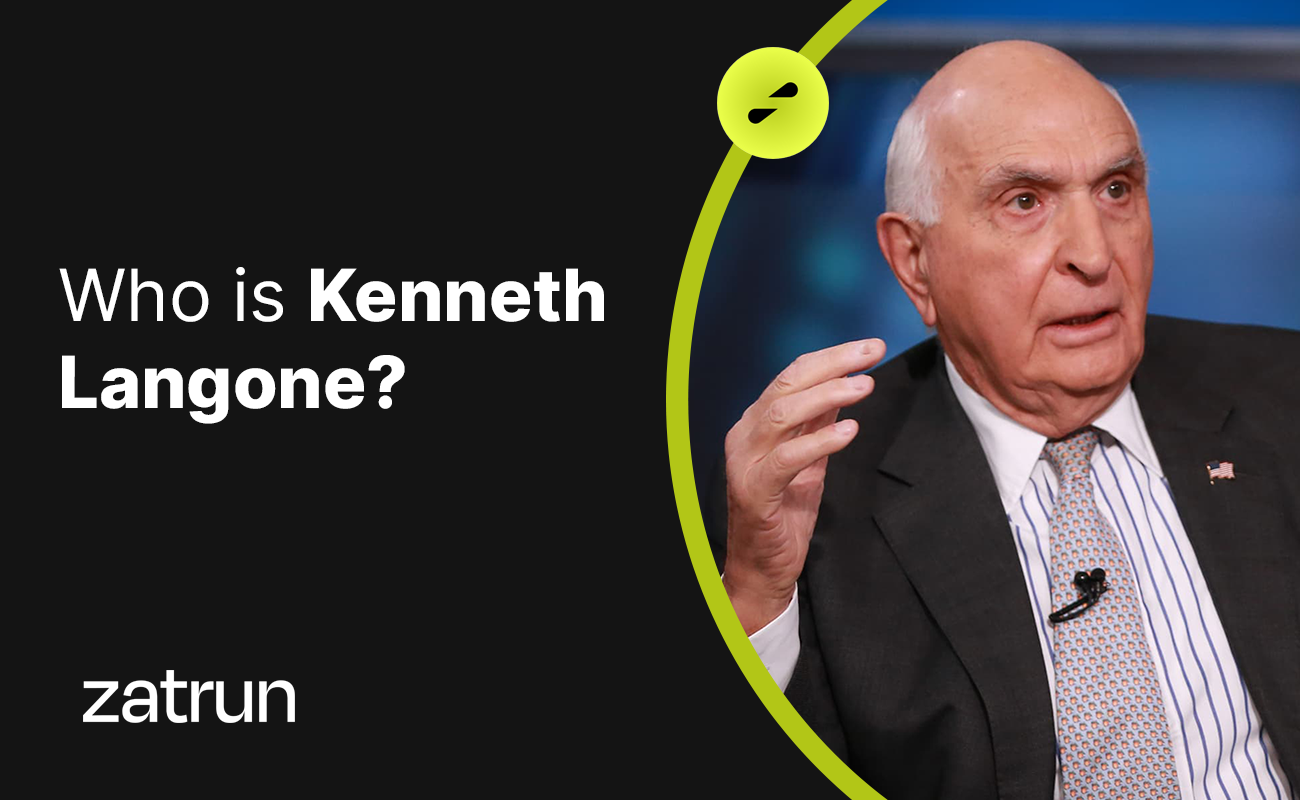Alan Greenspan 101: Who is a Successful Economist and Consultant? in our article of Zatrun.com, we will cover in detail everything you need to know about Alan Greenspan, a successful economist and consultant that our readers are curious about.

Who is Alan Greenspan?
Alan Greenspan is an American economist born on March 6, 1926. He served as the Federal Reserve Chairman from 1987 to 2006. Currently, he provides consulting services to firms through his company, Greenspan Associates LLC, and works as a private consultant.
Nominated by President Ronald Reagan in 1987 to lead the Federal Reserve, Greenspan was reappointed every four years, becoming the second-longest-serving Chairman after William McChesney Martin. He retired in January 2006, and was succeeded by Ben Bernanke, appointed by President George W. Bush. While Greenspan projected a calm public demeanor, positive media coverage elevated his profile to a level resembling that of a “rock star.” Democratic congressional leaders criticized the politicization of his office, particularly his support for social security privatization and tax cuts.
During Greenspan’s tenure at the Federal Reserve, he was accused of contributing to the dot-com bubble and the subprime mortgage crisis through the implementation of the “Greenspan put,” which was part of the “easy money” policy. Yale economist Robert Shiller argues that “when stocks went down, the housing market became an escape valve that set off a speculative frenzy,” while Greenspan maintains that the housing bubble was not caused by low short-term interest rates, but rather by the constant decline in long-term interest rates due to high savings rates in developing countries worldwide and the inverse relationship in developed countries.
Birth and Education:
Alan Greenspan was born on March 6, 1926, in the Washington Heights neighborhood of New York City. His father, Herbert Greenspan, was of Romanian Jewish descent, while his mother, Rose Goldsmith, was of Hungarian Jewish descent. He received his education at George Washington High School, from which he graduated in 1943.
In 1945, he enrolled in the Stern School of Business at New York University, earning a B.A. in economics with summa cum laude honors in 1948, and an M.A. in economics in 1950. He continued his advanced economic studies under Arthur Burns at Columbia University, but due to the increasing workload at Townsend-Greenspan & Company, he left his studies unfinished. He later received a Ph.D. in economics from New York University in 1977.
Career Beginning:
During his studies in economics at New York University, Alan Greenspan worked under the leadership of Eugene Banks, a managing director at the Wall Street investment bank Brown Brothers Harriman. From 1948 to 1953, Greenspan worked as an analyst at the National Industrial Conference Board (now known as the Conference Board), a business and industry-focused think tank based in New York City.
Before his appointment as Federal Reserve Chairman, Greenspan served as Chairman and President of Townsend-Greenspan & Co., Inc., an economic consulting firm based in New York City, from 1955 to 1987. His 32-year tenure was interrupted during the presidency of Gerald Ford, when he served as Chairman of the Council of Economic Advisers from 1974 to 1977.

Chairmanship of the Federal Reserve:
In 1987, President Ronald Reagan appointed Alan Greenspan as Chairman of the Federal Reserve, replacing Paul Volcker. He was confirmed by the Senate on August 11, 1987. Two months after his confirmation, during the 1987 stock market crash, Greenspan confirmed that the Federal Reserve was “prepared to serve as a source of liquidity to support the economic and financial system.” The Federal Reserve backed up his statement with monetary policy actions, and he became known as the “Greenspan put.”
President George H.W. Bush blamed Alan Greenspan for his reelection loss due to a slow response. However, Democratic President Bill Clinton reappointed Greenspan and consulted him on economic issues. In January 2001, Greenspan expressed that a large tax cut could be possible with federal surpluses, in support of President Bush’s proposed tax cuts. In the fall of 2001, following the September 11 attacks and various corporate scandals that weakened the economy, the Federal Reserve under Greenspan’s leadership began a series of interest rate cuts that lowered the federal funds rate to 1% in 2004.
On May 18, 2004, President George W. Bush decided to reappoint Greenspan as Chairman of the Federal Reserve for the fifth time as Deputy Chairman. He had previously been appointed by Reagan, George H.W. Bush, and Bill Clinton. Alan Greenspan’s term as a board member ended on January 31, 2006, and he was succeeded by Ben Bernanke.
Career After the Fed:
Following his departure from the Federal Reserve system, Greenspan founded an economic consulting firm named Greenspan Associates LLC. He also held an honorary (unpaid) position at the HM Treasury in the UK. In May 2007, Greenspan was hired as a consultant to speak privately with debt managers about the Fed’s interest rate policy and to participate in Pacific Investment Management Company’s (PIMCO) quarterly economic forums.
In August 2007, Deutsche Bank announced that they would retain Greenspan as a senior advisor to their investment banking team and clients. In mid-January 2008, hedge fund Paulson & Co. hired Greenspan as a consultant. According to their agreement, he would not consult for any other hedge fund. Paulson predicted the collapse of the subprime housing market in 2007 and invited Goldman Sachs to package and sell their subprime holdings as derivatives. Some economic commentators attributed this collapse to Greenspan’s policies at the Federal Reserve.












